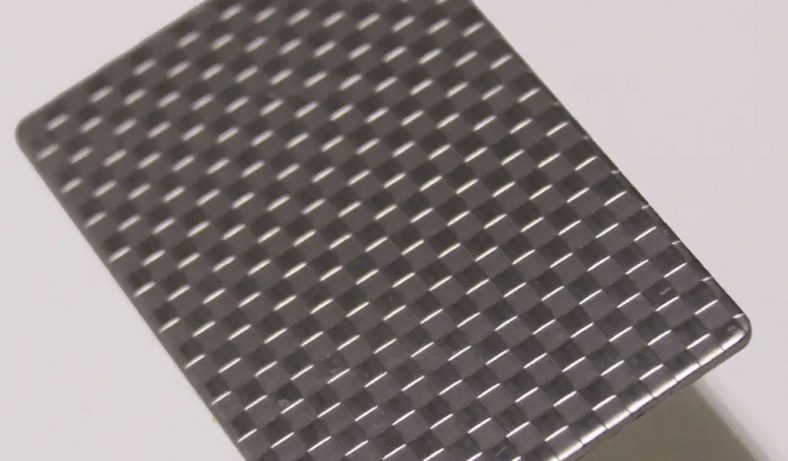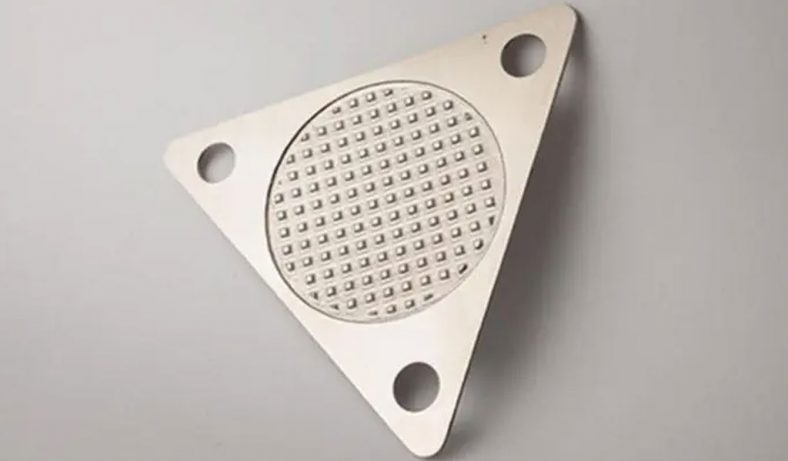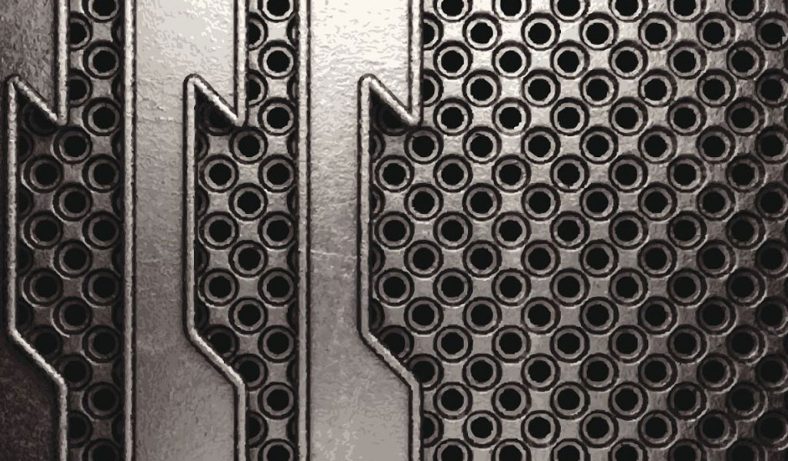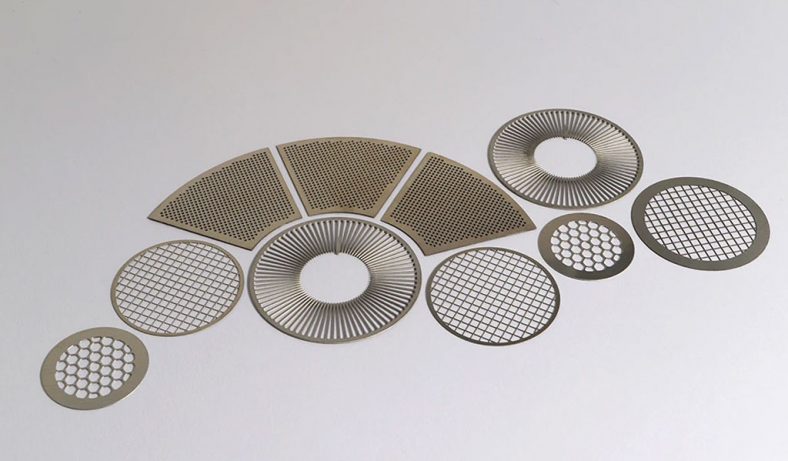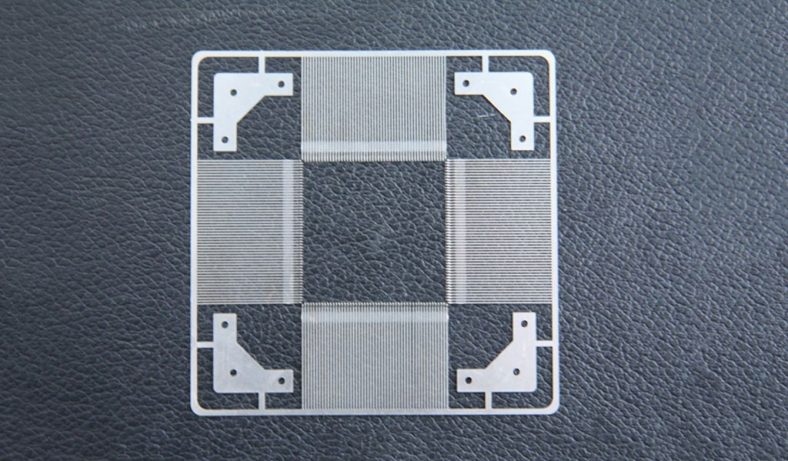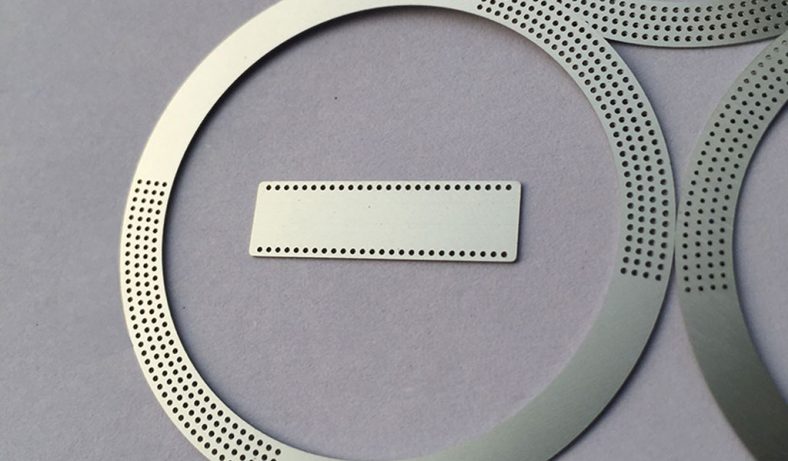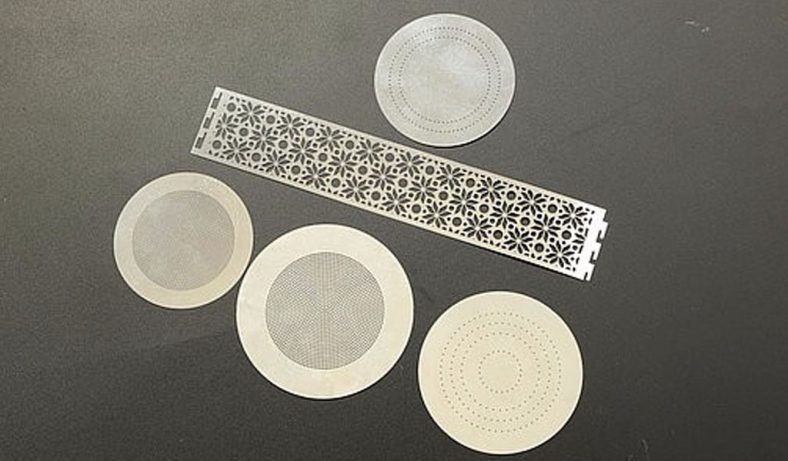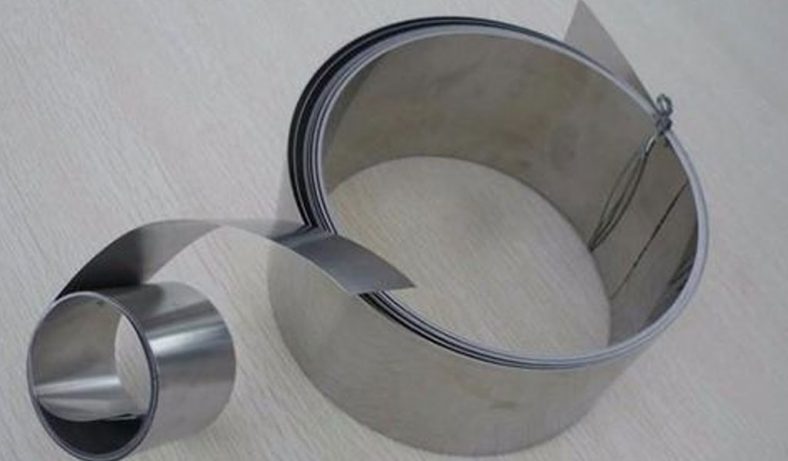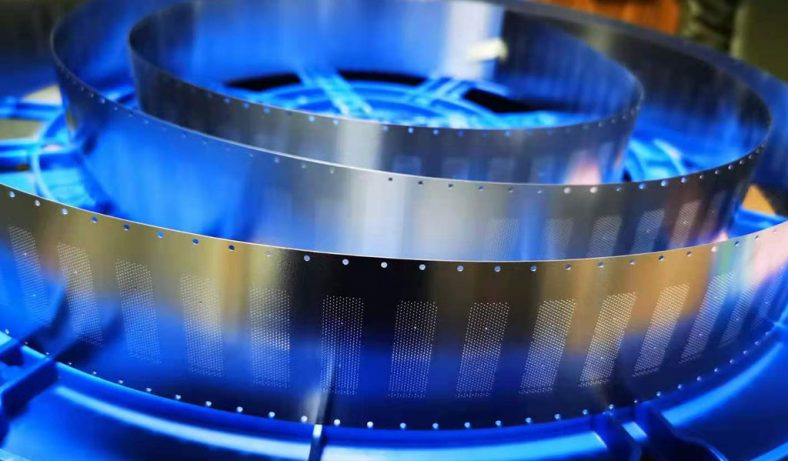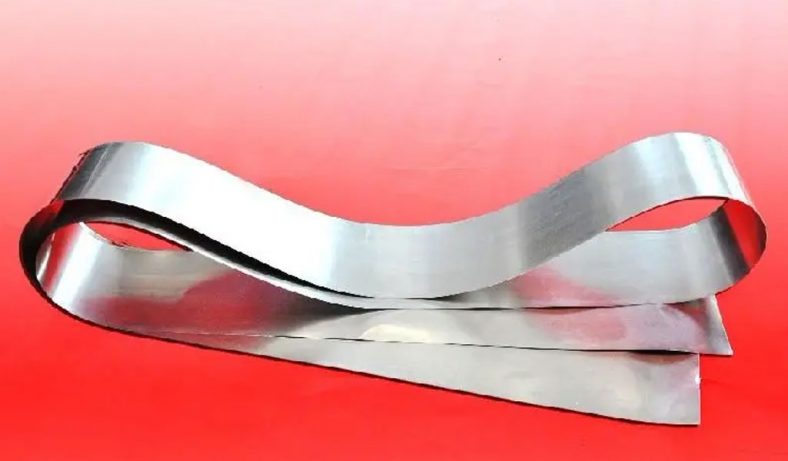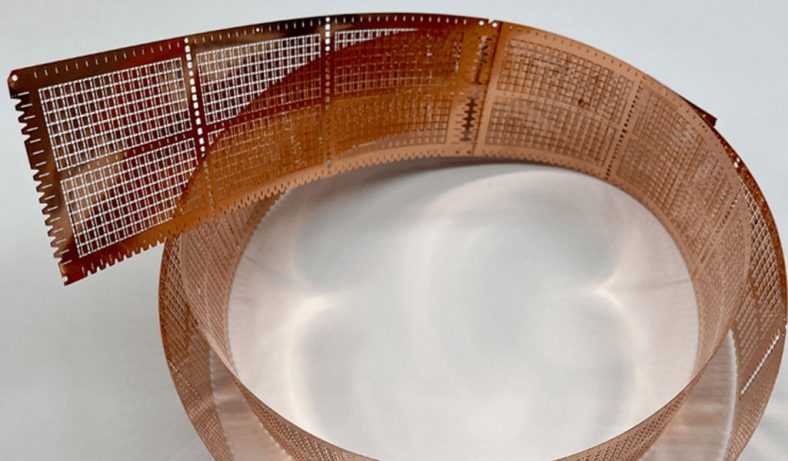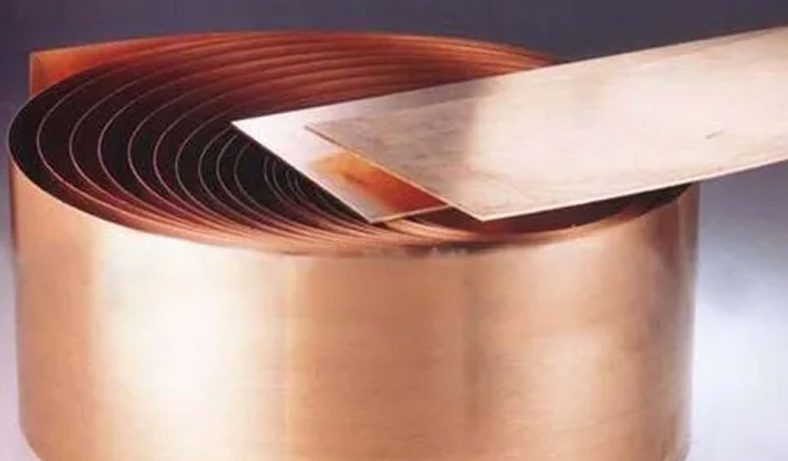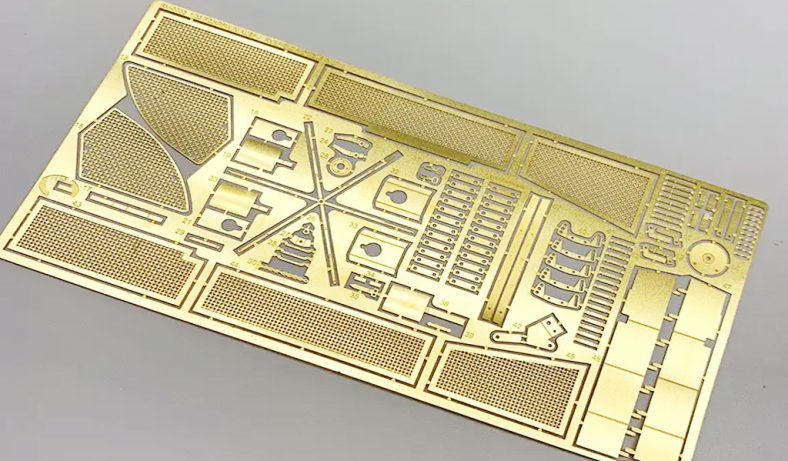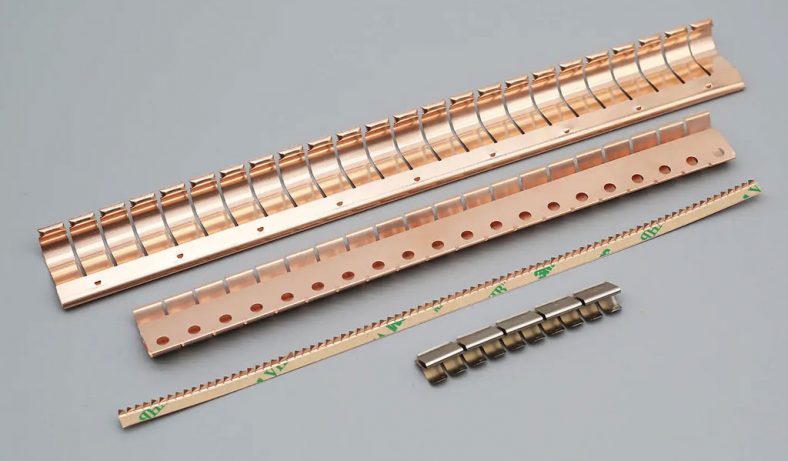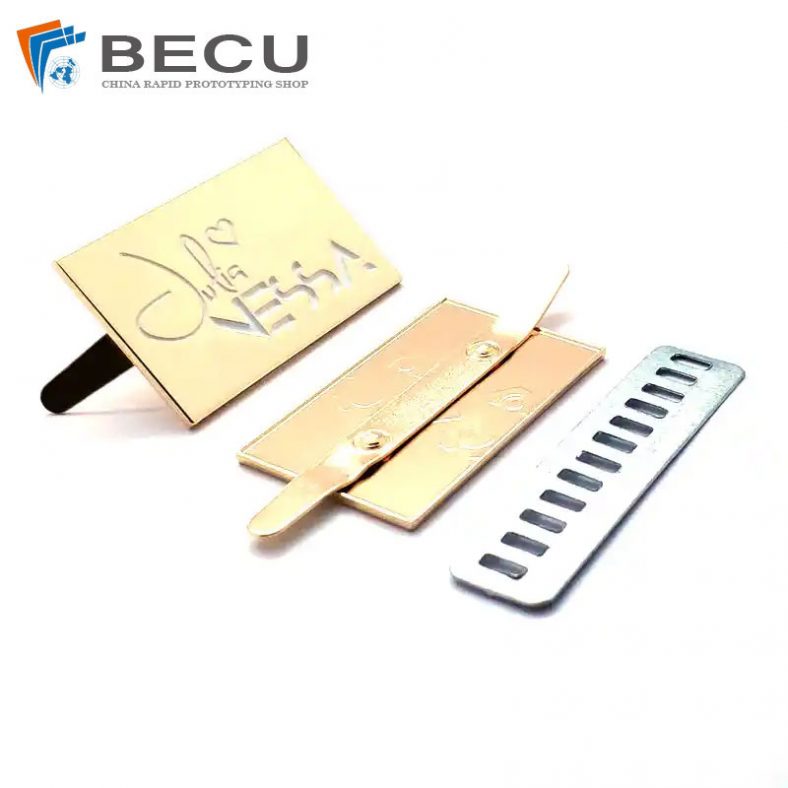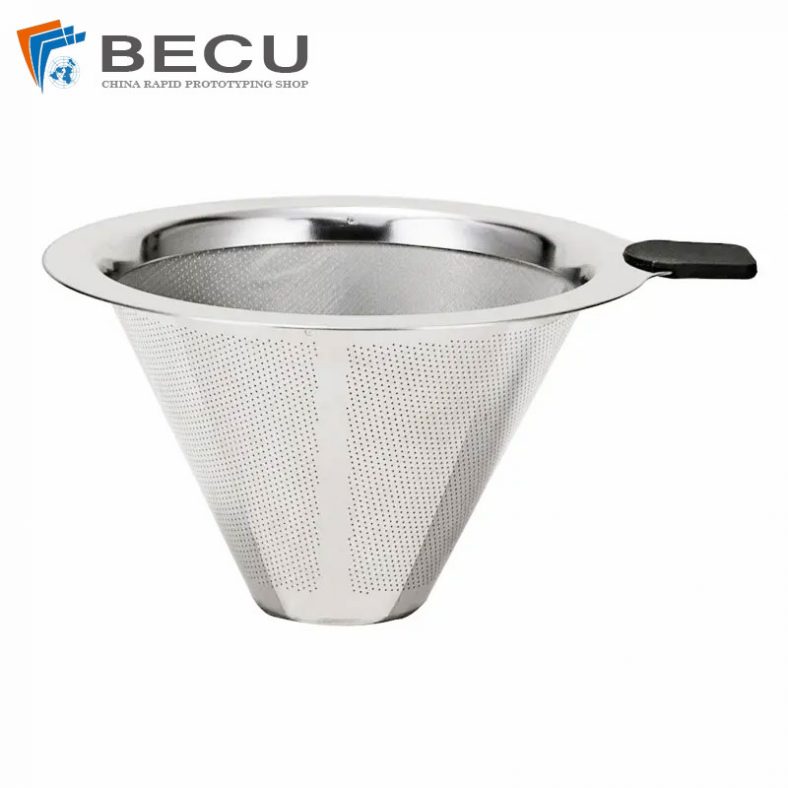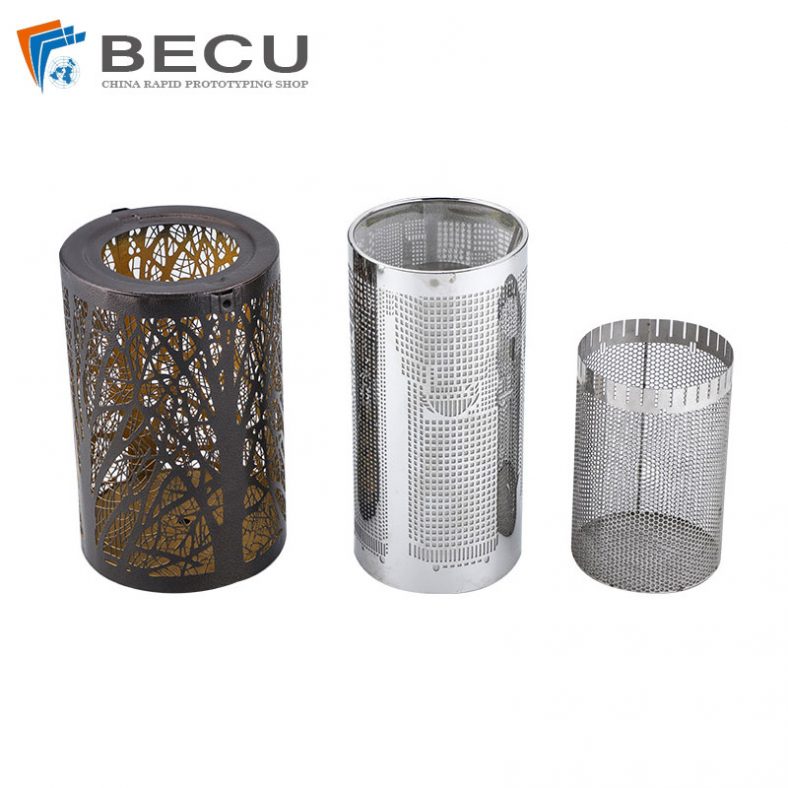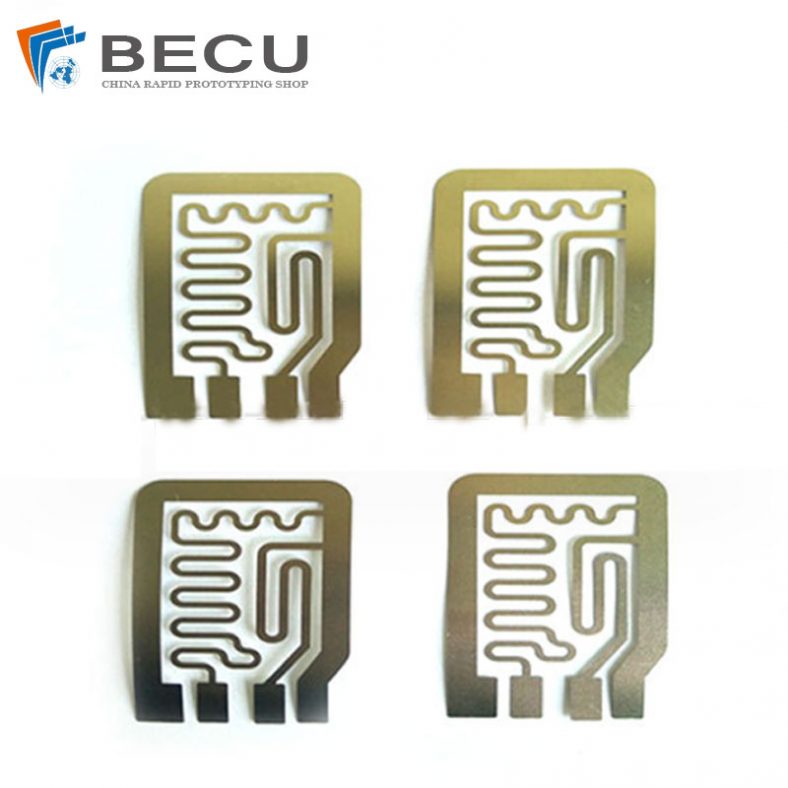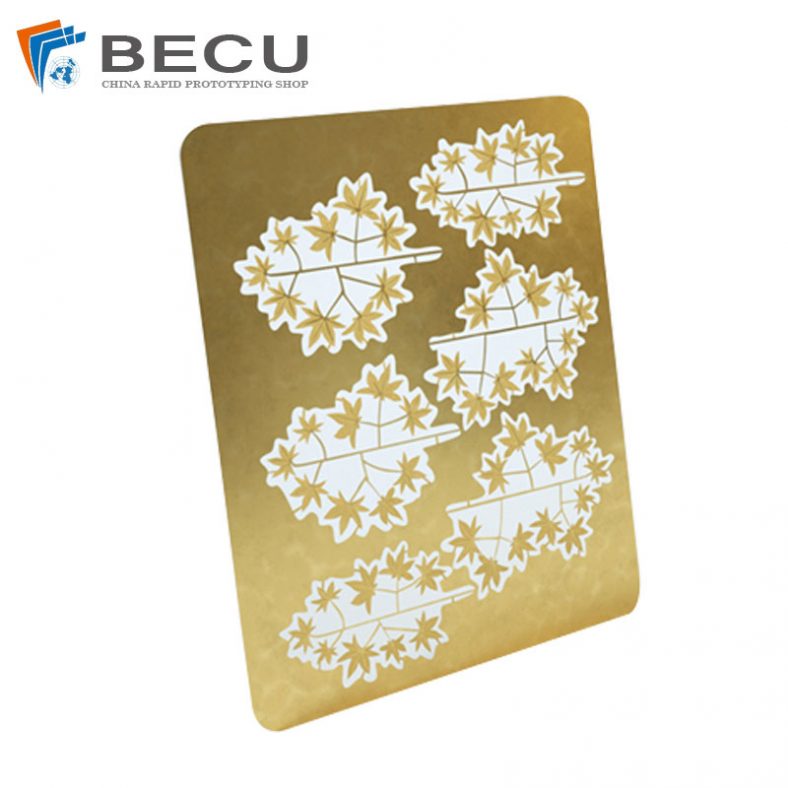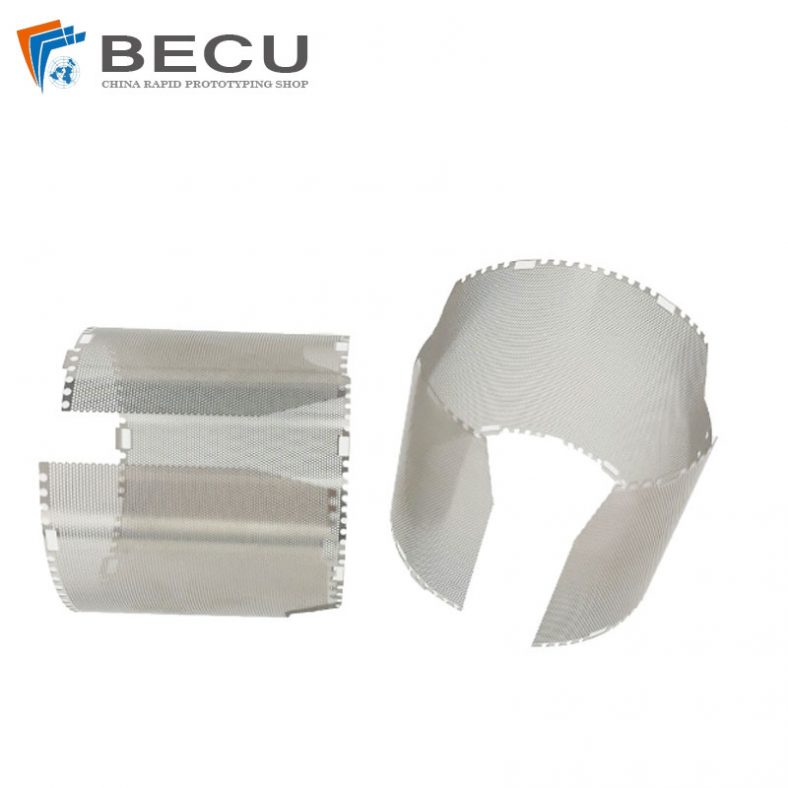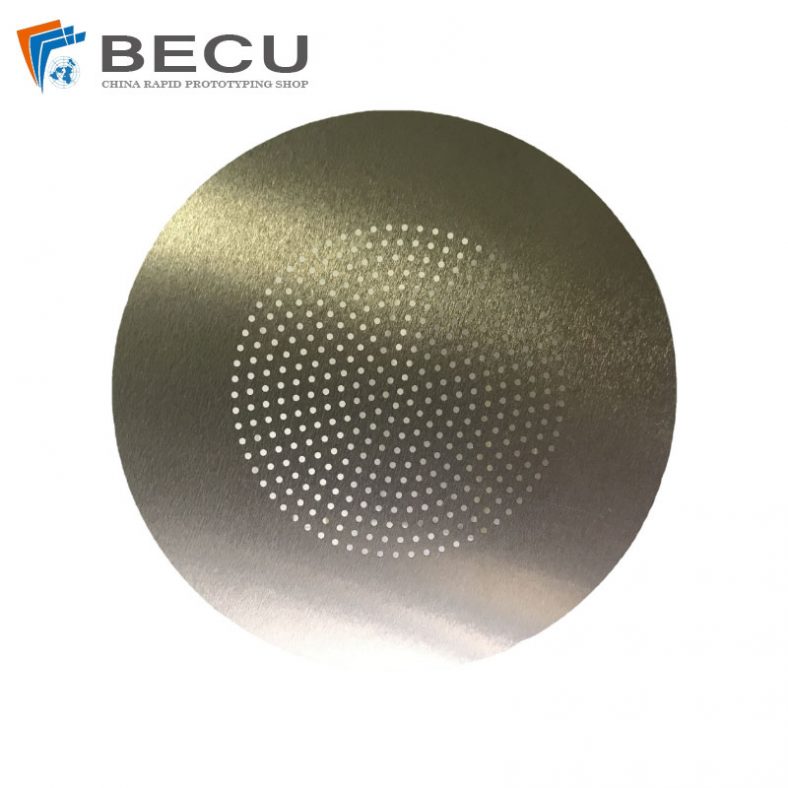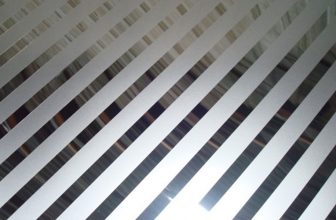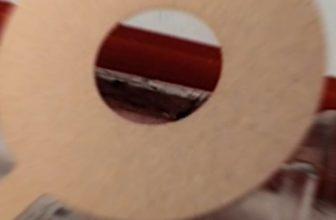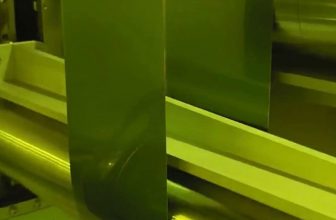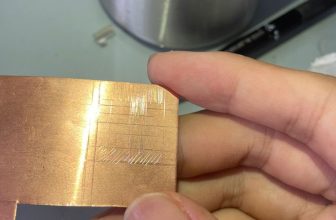The blind hole rate of filter screens represents a critical parameter in various industrial and manufacturing applications, influencing the efficiency and effectiveness of filtration processes. This comprehensive article explores the significance of the blind hole rate in filter screens, examining its impact on filtration performance, industrial applications, and technological advancements. Through a detailed analysis, this article aims to elucidate the multifaceted role of blind hole rate in enhancing filtration efficiency and optimizing industrial processes.
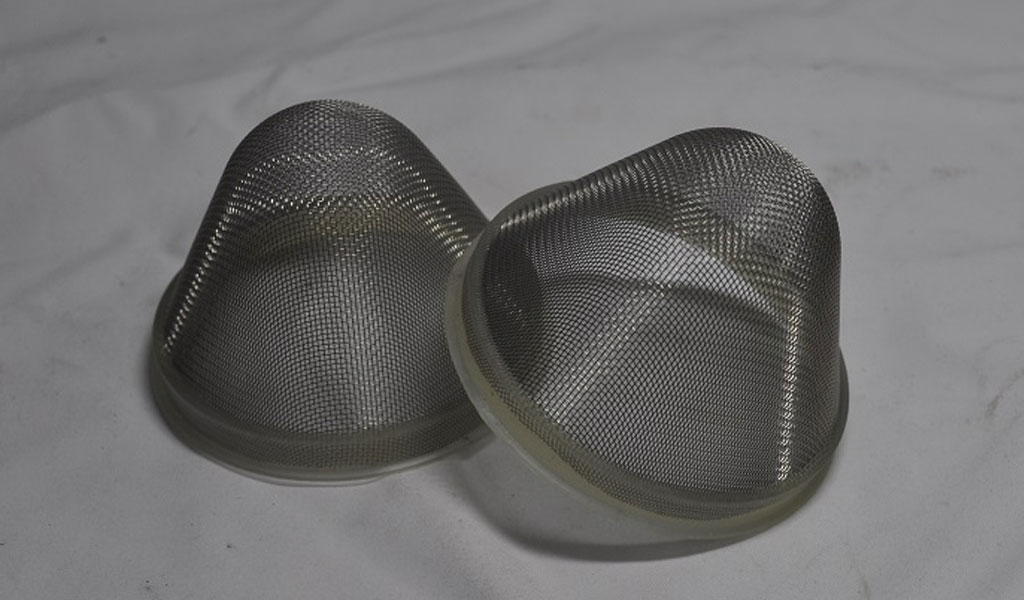
Definition and Conceptual Framework
The blind hole rate of filter screens refers to the proportion of total surface area occupied by blind holes relative to the entire surface area of the screen. Blind holes are cavities intentionally created in filter screens to enhance filtration capabilities by increasing the available surface area for capturing particles or facilitating fluid flow dynamics. This parameter is crucial in determining the specific filtration properties of a screen, including porosity, pressure drop, and particle retention efficiency.
Factors Influencing Blind Hole Rate
Several factors influence the determination and optimization of the blind hole rate in filter screens:
- Filtration Requirements: The nature of particles to be filtered, such as size, shape, and concentration, directly impacts the design of blind holes. Fine particles may necessitate higher blind hole rates to maximize surface area contact and retention efficiency.
- Fluid Dynamics: The viscosity and flow characteristics of the fluid passing through the filter screen influence the distribution and configuration of blind holes. Optimal blind hole rates can minimize pressure drops and optimize flow rates.
- Material Properties: The material composition and mechanical properties of the filter screen material dictate the feasibility and durability of creating blind holes. Compatibility with cleaning processes and chemical resistance are also crucial considerations.
- Manufacturing Techniques: Advances in manufacturing technologies, such as laser cutting, EDM (Electrical Discharge Machining), and micromachining, have enabled precise control over blind hole geometry and distribution, facilitating customized filtration solutions.
Applications in Industry
The significance of blind hole rate extends across various industrial sectors, each with unique requirements and challenges:
- Oil and Gas: In oil drilling and refining operations, filter screens with optimized blind hole rates are essential for separating impurities and contaminants from crude oil and other fluids, ensuring product purity and operational efficiency.
- Automotive: Automotive manufacturing relies on filter screens with controlled blind hole rates to maintain the cleanliness of lubricants and coolants, thereby prolonging the lifespan of engines and enhancing performance.
- Pharmaceuticals: In pharmaceutical production, filter screens with precise blind hole rates are critical for sterilizing liquids and gases, meeting stringent regulatory standards for product safety and purity.
- Food and Beverage: The food and beverage industry utilizes filter screens with tailored blind hole rates to remove particles and microorganisms from liquids, ensuring compliance with hygiene and quality standards.
Technological Advancements
Recent advancements in filtration technology have revolutionized the design and application of filter screens with respect to blind hole rates:
- Computational Modeling: Computational fluid dynamics (CFD) and finite element analysis (FEA) enable engineers to simulate fluid flow patterns and optimize blind hole configurations for enhanced filtration efficiency.
- Nanotechnology: Nanoscale engineering techniques have facilitated the development of nanostructured filter screens with ultrafine blind holes, capable of capturing nanoparticles and improving separation efficiency.
- Smart Filters: Integration of sensors and IoT (Internet of Things) technologies allows real-time monitoring of filter performance, optimizing blind hole rates based on operational conditions and maintenance requirements.
Challenges and Future Directions
Despite significant progress, several challenges persist in the field of blind hole rate optimization:
- Durability: Ensuring long-term durability and resistance to fouling and corrosion remains a concern, particularly in harsh operating environments.
- Scale-up: Scaling up filtration processes while maintaining consistent performance across large-scale applications requires innovative approaches in blind hole design and manufacturing.
- Environmental Impact: Minimizing the environmental footprint of filtration processes through sustainable materials and energy-efficient designs is becoming increasingly important.
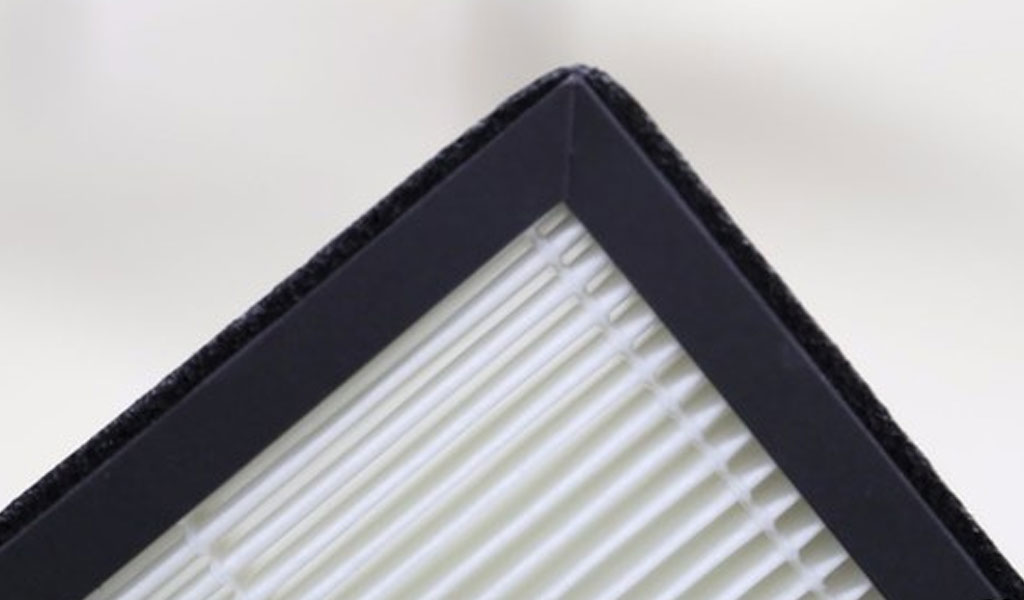
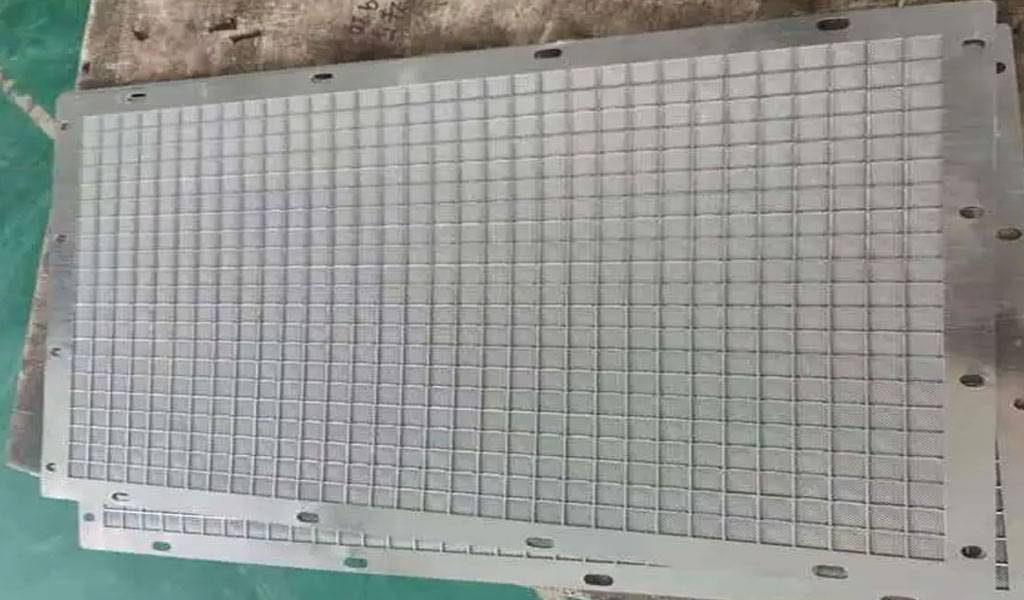
- Durability: Ensuring long-term durability and resistance to fouling and corrosion remains a concern, particularly in harsh operating environments.
- Scale-up: Scaling up filtration processes while maintaining consistent performance across large-scale applications requires innovative approaches in blind hole design and manufacturing.
- Environmental Impact: Minimizing the environmental footprint of filtration processes through sustainable materials and energy-efficient designs is becoming increasingly important.
Looking forward, future research endeavors are expected to focus on:
- Advanced Materials: Development of novel materials with tailored surface properties and enhanced mechanical strength for improved filter performance.
- Integrated Systems: Integration of filtration systems with other process technologies to achieve multifunctional capabilities and higher operational efficiency.
In conclusion, the blind hole rate of filter screens plays a pivotal role in shaping the efficiency, reliability, and sustainability of filtration processes across diverse industrial domains. By understanding its fundamental principles and embracing technological innovations, engineers and researchers can continue to advance the frontier of filtration science, paving the way for cleaner, safer, and more efficient industrial operations.

